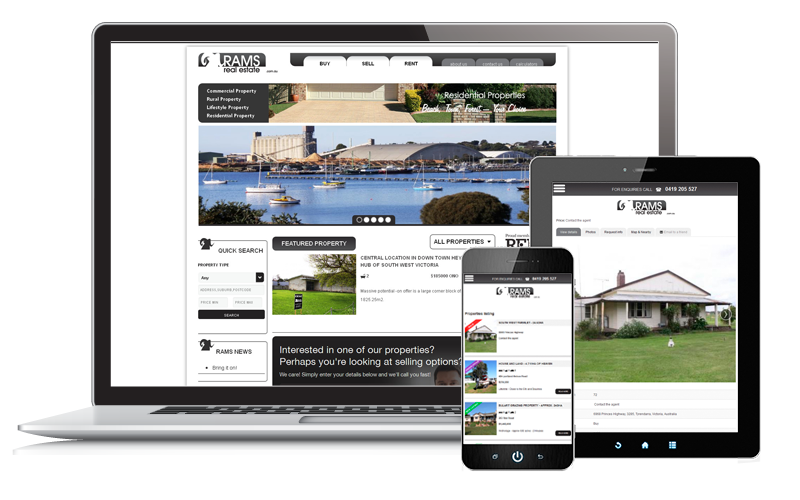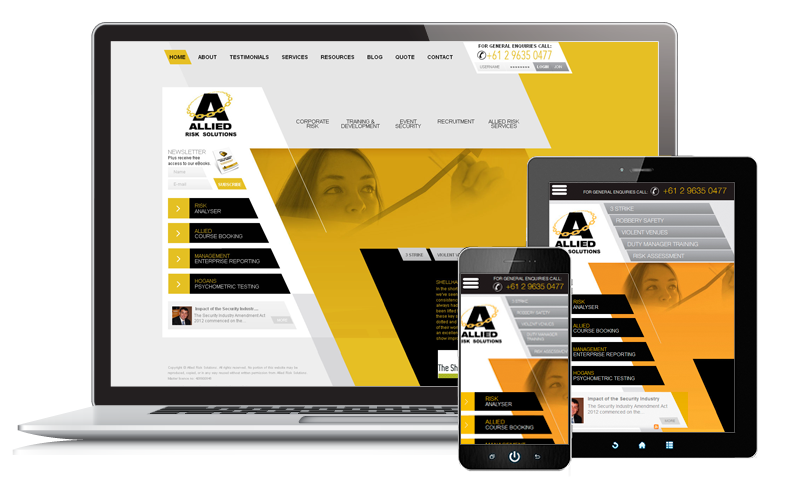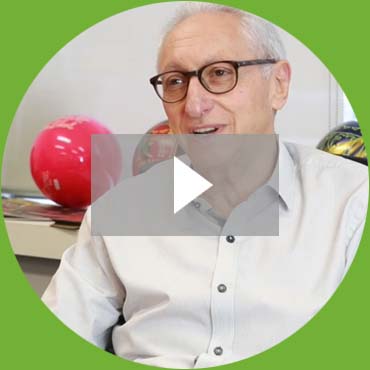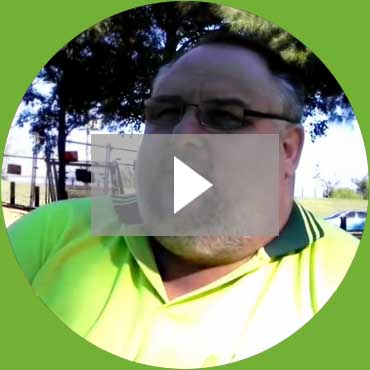On-page SEO pertains to optimising elements on your web pages that affect search engine ranking. There are three keys here: URL, page title and content.
First: URL (Uniform Resource Locator).
This is your page address. How you name and organise your pages matter. Remember that search engines will want straightforward information regarding what they’re indexing. This makes their job easier; and you get “rewarded” with good ranking.
So, if you have a page that talks about a café in Paris, naming the page cafeinparis.html is better than naming it page1.html. Your page URL should be descriptive and has the keyword you want to optimise for.
In the same way, it matters that you organise your pages logically. For instance, you have a section about a café in Paris, wherein you talk about the menu, its history, and its staff. The hierarchy of pages should be cafeinparis/menu.html. Here, you name the page appropriately and imply that it is the menu of your café in Paris.
Next: Title Tag.
The title tag is said to be the second most important element of on-page SEO. In a way, the title tag is an introduction of your page content. It should be a short descriptive phrase about your page content – ideally the primary and secondary keywords – and your site name. Look at title tags as lead in to your page’s star: its content. It should let people and search engines know what’s in store. The title tag appears as title on search engine results and linking pages. It also appears on the user’s browsers as tab title.
Lastly and most importantly: content.
This is the most important element of your on-page SEO. Every way you look at it, content is still king. So, work on creating interesting and informative content.
This means having content that people will actually search about. For instance, you may want to write about using snow boots in the Sahara desert. Perhaps this is based on your real experience, or a product of your imagination. You have to consider whether people are actually keying in “snow boots Sahara desert” when they do a Google search. Most likely, they’re not. You need to think about the demand for your content. When there’s no demand, then you can expect your on-page SEO to not work for keywords “snow boots” and “Sahara desert,” which people may actually be searching for separately.
Another thing to remember is that you need to make your pages linkable. Relevant content is bound to be shared so your page should facilitate this. This means having all the requisite share buttons, and not hiding content behind member-only access.
Of course, you also need to cover some basics, such as including meta text for images, and all that.
When you have all these put together, you get on-page optimised content!













